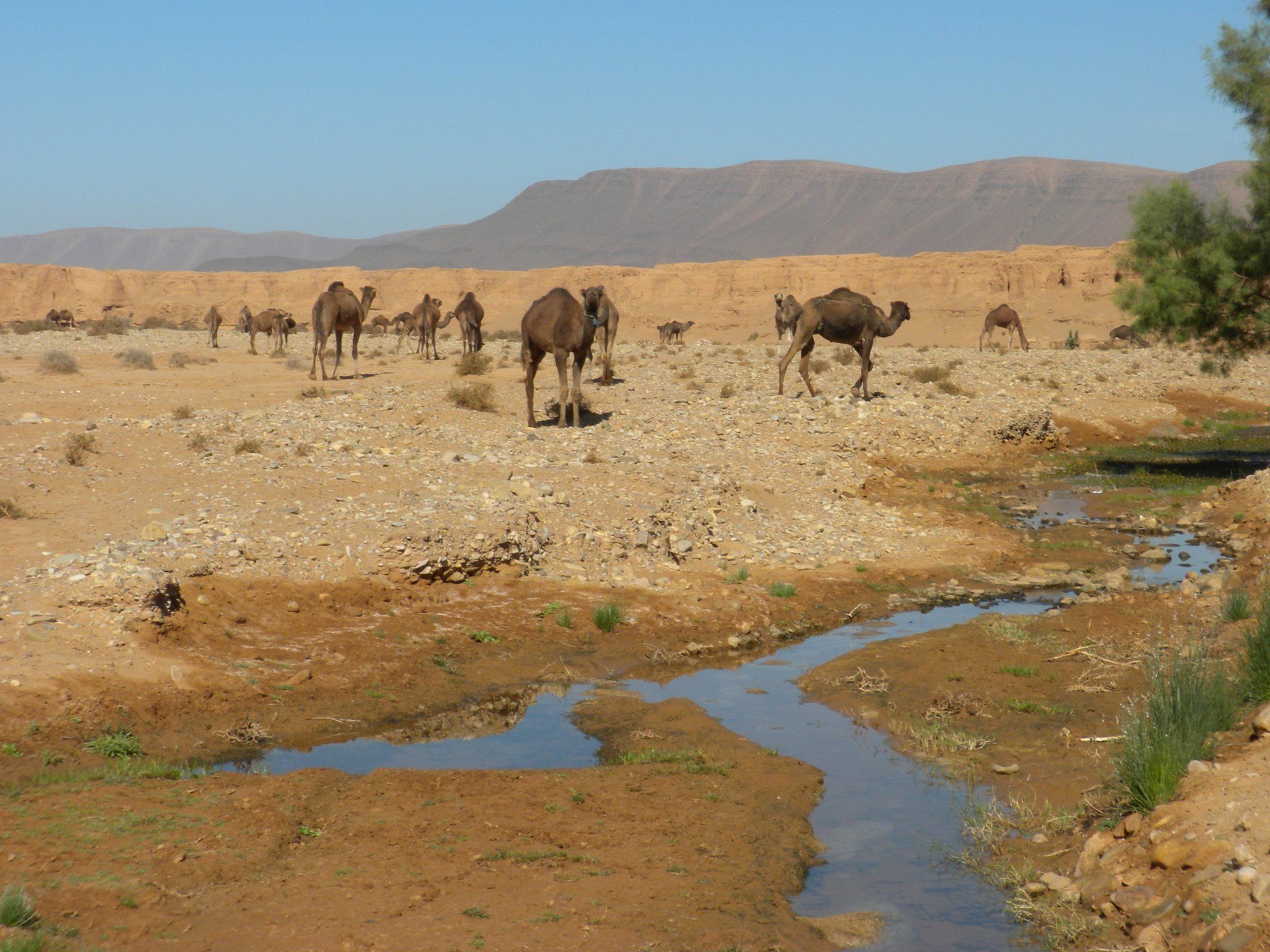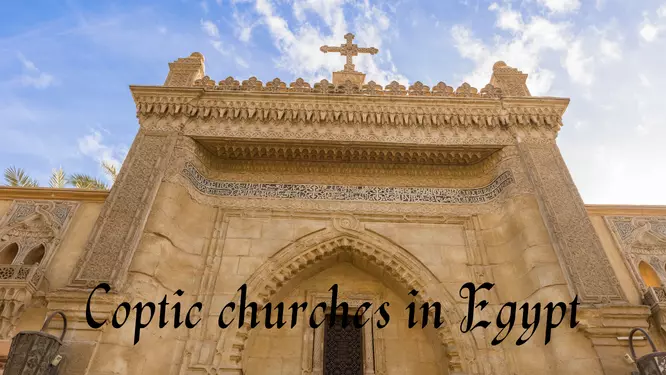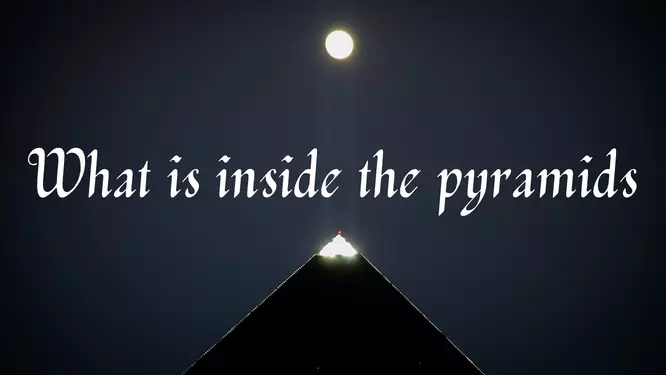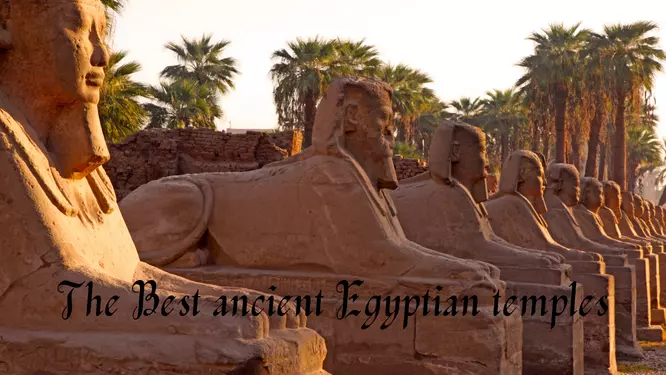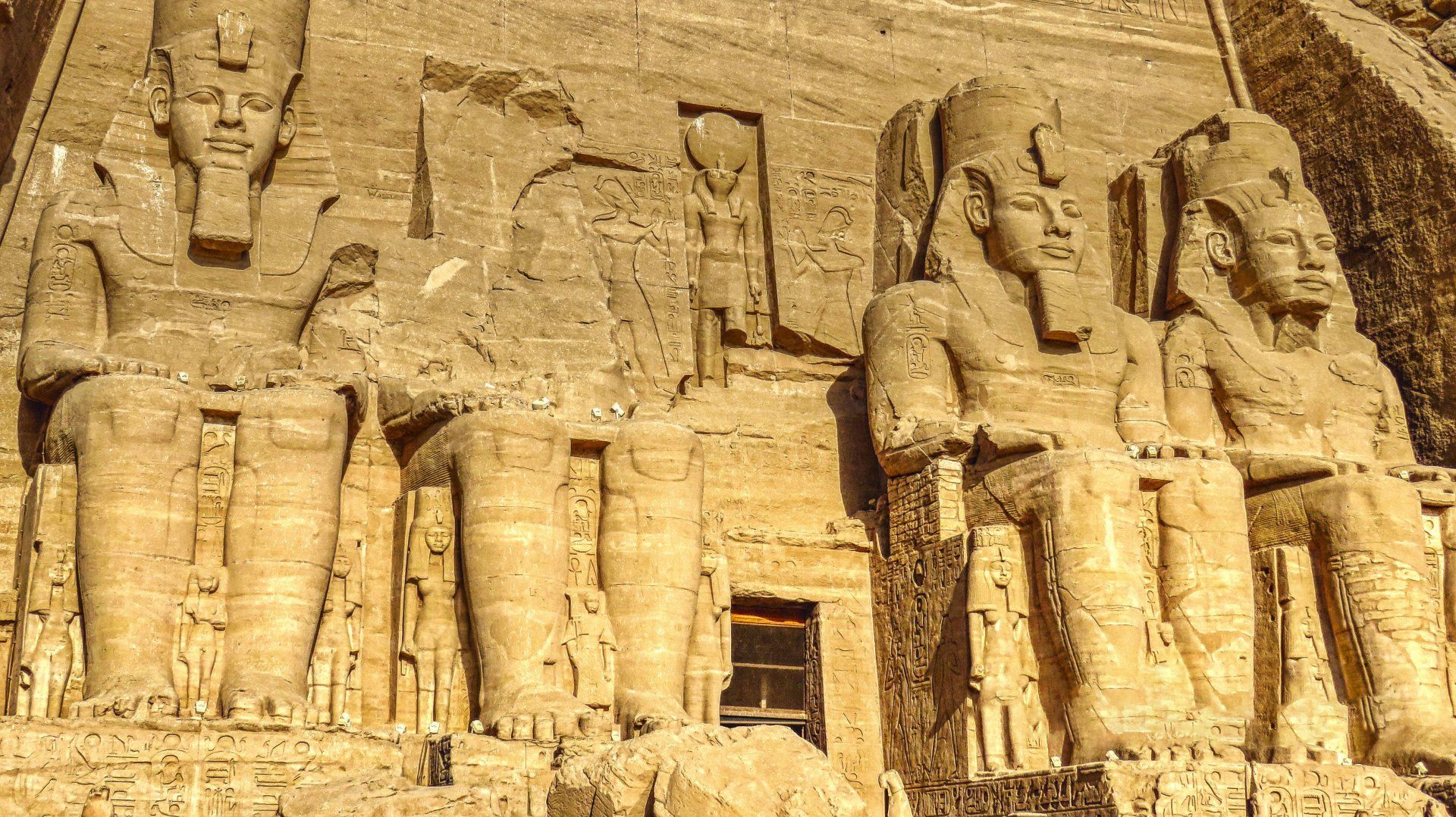Roman ruins in Egypt
Life in Egypt was influenced by Roman culture; Roman thought was also influenced by the Egyptian lifestyle. This mutual influence resulted in the emergence of a distinct intellectual pattern that became clear through the spread of worship rituals throughout the Roman Empire. But later, specifically in the year 285 AD
The most prominent Roman monuments in Egypt :
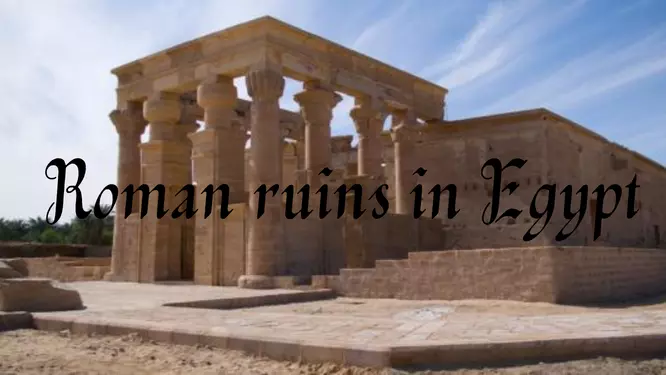
The Roman Empire was divided into eastern and western empires, and the western empire ended with the fall of Rome at the hands of the barbarian attacks, while the eastern empire remained, and was later known as the Byzantine state in 330 AD.
The following shows the most prominent Roman monuments found in various parts of Egypt:
The Roman Theater
This theater is located in the city of Kom El-Dikka, and its construction dates back to the fourth century AD, and in its general form resembles the shape of a horseshoe or the letter (U) in English, and this theater consists of 13 rows of stands numbered with numbers and letters to facilitate the organization of seating on them, and the stands were made The bottom is pink granite.
As for the rest of the amphitheaters, they were made of marble. At the end of the amphitheater, there are five sleeping compartments, of which only two remain, and their ceilings are designed as domes carried on columns. In the middle of the theater, there is also a place for an orchestra to play music.
Kom El Shoqafa Cemetery
This cemetery is known as the largest Roman cemetery in Alexandria. It dates back to the second century AD and is located on the southwestern border of ancient Alexandria.
This tomb was discovered by chance in 1892 AD and was finally revealed in 1900 AD. It consists of a spiral staircase connecting its three floors, noting that the lower steps of the stairs are higher than the upper steps; The higher the stairs, the lower the stairs gradually, until they are almost non-existent near the surface of the ground.
mast pole
This landmark is one of the most famous Roman monuments in Alexandria, in addition to being the largest temple of Alexandria in the Greek and Roman periods. It is the last remaining monument from the Serapeum Temple; Founded by King Ptolemy III, the pillar is located between the current Muslim burial area known as the column burials and the archaeological plateau of Kom El Shoqafa. Its length is about 27 meters, and it is made of pink granite.
Philae Temple
This temple is also known as the Temple of Isis and is one of the remaining Roman ruins in Egypt, specifically in the city of Aswan, and it is located on the island of Philae; Which gained great ancient importance because of its proximity to the island of Aswan.
The temple covers more than a quarter of the island's area. It was built by King Ptolemy II. It should be noted that the Temple of Isis is considered one of the most ancient Egyptian temples that continued its work; Where the temple remained until the reign of the Byzantine King Justinian 527AD-565AD; Who ordered the closure of all pagan temples, including this temple.
Babylon Fortress
This fort was built about two thousand years ago, specifically in the middle of the second century AD; When the Roman ruler Trajan ordered the construction of a strong fortress to be the first line of defense in terms of eastern Egypt and with the aim of securing Roman military protection.
This fort was distinguished by its strategic geographical location; It enabled the Romans to eliminate any military movements against them from the south or the north, and it also formed a tower to monitor any possible attack, and historians believe that the name of the fortress was Babylon, due to one of its neighboring countries, specifically from the Heliopolis region.
Caesarion Temple
Queen Cleopatra VII began building this temple in order to honor Marcus Antony, But she died before she finished building it; Emperor Augustus completed its construction and then dedicated it to his worship. The temple was later completely destroyed, leaving only two obelisks known as Cleopatra's Needles. The first obelisk was moved in 1877 AD to London; Where it was placed on the banks of the River Thames, and the second obelisk was transferred in 1879 AD to the United States and placed in Central Park.
Kom El-Dikka area
This area is located in the center of Alexandria, and it reflects the features of its contemporary civilization. The antiquities found in this area showed that it was distinguished by its beautiful architectural features. Such as huge bathrooms, theaters, lecture halls, villas, and homes.
The Roman baths and the amphitheater were the first landmarks that revealed this area, and it is worth noting that the name of the area means in Arabic the compacted dirt pile, as it was previously called Kom Al-Dimas.
Blackhead temple
This temple was built in the late second century and early third century AD by the Roman commander Isadore; As thanks and appreciation to the goddess Isis, it was discovered in 1936 AD while raising sand from the Black Ras region.
It is the only temple that was found in Alexandria, and this temple consists of a platform that is reached by climbing stairs, and in the middle of this platform is a small base on which a votive marble foot representing the foot of Isadore is placed.
At the back of the platform, there are four columns, in the middle of which are five statues made of marble. On one side of the platform, there are stairs leading down; Where there are two rooms.
On the side walls of one of the rooms, there are terraces; Which means that it was used to house the priests working in this temple.


